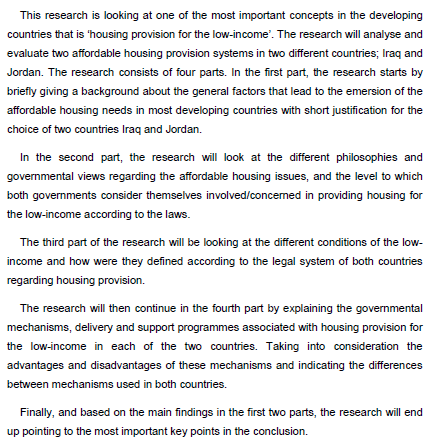 (11)
(11)
 (9)
(9)
This paper presents an experimental and theoretical analysis to investigate the two-phase flow boiling heat transfer coefficient and pressure drop of the refrigerant R-134a in the evaporator test section of the refrigeration system under different operating conditions. The test conditions considered are, for heat flux (13.7-36.6) kW/m2, mass flux (52-105) kg/m2.s, vapor quality (0.2-1) and saturation temperature (-15 to -3.7) ˚C. Experiments were carried out using a test rig for a 310W capacity refrigeration system, which is designed and constructed in the current work. Investigating of the experimental results has revealed that, the enhancement in local heat trans
... Show More (3)
(3)
 (1)
(1)
 (1)
(1)
Background: Type 2 diabetes mellitus (T2DM) is considered a global disease as it affects over 150 million people worldwide, a number that is supposed to be doubled by 2025. High glucose levels, in vitro, appear to raise the extent of LDL oxidation, and glycated LDL is more prone to oxidative modification.Objective: To investigate the relationship between serum level of vitamin E and lipid profile in patients with type II DM.Methods: This study involved 28 patients suffering from type II DM diagnosed 1-4 years ago and with age ranged from 17 -60 years old, with different residence around Basra ; In addition to 56 apparently healthy persons matched in age and sex to the patients as a control group. The medical histories were taken and Gene
... Show More (1)
(1)
Background: Recent implant surgical approach aims to cause less trauma, invasiveness and pain as much as possible and to reduce patient and surgeon discomfort, time of surgery and time needed for functional implant loading. Flapless surgical techniques considered recently as one of the most popular techniques that may achieve these aims especially enhancing osseointegration and subsequently implant stability within less time than the traditional flapped surgical technique. So this study aimed to make a comparison between flapped and flapless surgical techniques in resulted implant stability according to resonance frequency analysis RFA and in duration of surgical operation. Materials and methods: A total of 26 patients with 41 implants (o
... Show More (1)
(1)
Background: Lowering the amount of iodinated contrast material and tube voltage may increase pulmonary artery opacification and thrombus identification without compromising picture quality.
Objectives: To explore the efficiency of using lower tube voltage and a lower contrast medium dose for conducting computed tomography for pulmonary angiography (CTPA) aiming to increase its accuracy in detecting pulmonary thromboembolism (PTE).
Subjects and Methods:100 patients scheduled for CTPA with a preoperative diagnosis of PTE were grouped into two: group A, (50 patients) got 1 mL/kg at 120 kV and group B, (50 patients) received 0.5 mL/kg at 80 kV.The tec
... Show More (1)
(1)
 (1)
(1)
The removal of fluoride ions from aqueous solution onto algal biomass as biosorbent in batch and continuous fluidized bed systems was studied. Batch system was used to study the effects of process parameters such as, pH (2-3.5), influent fluoride ions concentration (10- 50 mg/l), algal biomass dose (0–1.5 g/ 200 ml solution), to determine the best operating conditions. These conditions were pH=2.5, influent fluoride ions concentration= 10 mg/l, and algal biomass dose=3.5 mg/l. While, in continuous fluidized bed system, different operating conditions were used; flow rate (0.667- 0.800 l/min), bed depth (8-15 cm) corresponded to bed weight of (80- 150 g). The results show that the breakthrough time increases with the inc
... Show MoreBackground: Restoration of the gingival margin of Class II cavities with composite resin continues to be problematic, especially where no enamel exists for bonding to the gingival margin. The aim of study is to evaluate the marginal leakage at enamel and cementum margin of class II MOD cavities using amalgam restoration and modern composite restorations Filtek™ P90, Filtek™ Z250 XT (Nano Hybrid Universal Restorative) and SDR bulk fill with different restoratives techniques. Materials and method: Eighty sound maxillary first premolar teeth were collected and divided into two main groups, enamel group and cementum group (40 teeth) for each group. The enamel group was prepared with standardized Class II MOD cavity with gingival margin (1 m
... Show More
